bunion specialist issaquah
Displaying items by tag: bunion specialist issaquah
Dr Brandon Nelson, A Board-Certified Physician & Surgeon Discusses Bunion Surgery/Best Long-Term Outcomes
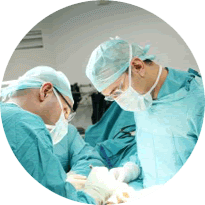
Bunion surgery has been around for over 100 years. Historically, there were about 120 different types of bunion surgeries that could be performed. This has changed over the years as long-term data became available and we could see different outcomes with different procedures. This has shaped bunion surgery and now there are only about 4 commonly used procedures in the United States with 2 of the 4 being the most popular.
The first one is called an Austin bunionectomy. This procedure is executed at the head of the 1st metatarsal. It involved cutting the bone and realigning the joint. It is usually secured with 1 or 2 screws. Most patients can walk on this in a boot following surgery. The average time to heal is typically 4-8 weeks. This procedure is primarily reserved for smaller bunions. It is the most popular bunion procedure done to date.
However, some of us surgeons that do a lot of bunion surgery have been utilizing a procedure called the Lapidus bunionectomy. It is a little more technically challenging but has better long-term outcomes. This type of bunion correction holds up the best and is best for people with large bunions or young children. Recently Treace Medical has come out with a system to make the Lapidus easier and more reproducible for surgeons. This system is called Lapiplasty. I have found it can be helpful and is getting a lot of traction in health care currently.
If you have bunion pain I can help, call to make an appointment with me at 425-391-8666 or fill out a contact form online.
Sincerely,
American College of Foot & Ankle Surgeons
Dr Brandon Nelson, A Board-Certified Physician & Surgeon Discusses Why You Should Have the Lapiplasty Procedure to Fix Your Bunion

Bunion surgery has been around for more than 100 years. It is one of the most common surgeries performed in the United States. Over 100,000 are done annually and the majority are on women. In recent years new advancements have been made to speed recovery and success of the operation.
The Lapiplasty system by Treace Medical is at the forefront of bunion repair. This system has taken years to develop and has undergone evolution as it has been utilized. It has now proven to be one of the work horses of bunion surgery. It provides reproducible results and long-term correction. It has an ease of use that makes the surgical procedure faster and improves recovery. This has changed bunion surgery for patients and surgeons. The Lapiplasty system is based on a long-standing surgical technique.
This long-standing technique was first described around the turn of the century by Paul Lapidus. He advocated that the bunion started from the tarsometatarsal joint, and correction needed to occur there. Since his original thought we have only worked to improve and support this theory in the surgical community. It has been shown this is the center of most bunions and the correction is best done here. If you have a bunion the time has never been better to have it fixed.
Lapiplasty is by far the most successful bunion surgery technique I have seen. If you are experiencing bunion pain, I can help call to make an appointment with me at 425-391-8666.
Sincerely,
American College of Foot & Ankle Surgeons
Dr. Brandon Nelson, A Board Certified Physician and Surgeon, Discusses the American College of Foot and Ankle Surgeons Consensus on Bunions
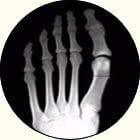
Dr Brandon Nelson, A Board Certified Physician and Surgeon, Discusses the American College of Foot and Ankle Surgeons Consensus on Bunions
This month the American College of Foot and Ankle Surgeons released an updated version of statements regarding bunion deformities. It was released to look at the best available evidence, clinical practice, and clinical experience to treat bunions. As a member and Board-Certified Surgeon, I feel it is an essential tool to have in our clinical practice. I will summarize some of the important findings:
1. The bunion is a deformity that should be considered chronic, progressive, and degenerative in nature.
2. The juvenile bunion should be evaluated and managed differently than the adult.
3. Effective assessment and evaluation require and x-ray.
4. Procedural decision making for bunions should address the specific anatomy of the deformity.
5. Bunions should always be addressed with joint preserving procedures when appropriate.
This is a main summary of what was stated. Bunions continue to be a difficult pathology for patients. If you have bunion pain I am happy to help come up with a treatment plan. Give us a call at 425-391-8666 or make an appointment online today.
Sincerely,
Dr Brandon Nelson, A Board-Certified Physician & Surgeon, Discusses The Newest Bunion Surgery Technique

Bunions can be quite painful for many people. They can begin to interfere with activities and make exercising difficult. Additionally, it can become difficult to find shoe gear that fits properly. Most bunions are a genetic condition that is inherited and develops with time and loading of the foot. Many bunions get bigger as time goes on and eventually require surgical repair. Surgery for a bunion can be broken down into two categories what are called head procedures and base procedures. Today I will only discuss a base procedure as this seems to be the most common question lately.
Base procedures are often used for large bunions and can be a powerful tool to correct the foot. The base procedure is usually further divided into joint sparing procedures and joint destructive procedures. The most asked about procedure currently is the Lapiplasty. The Lapiplasty is a procedure based off a technique described by Paul Lapidus. It involves removing a joint in the foot that is the apex of the bunion deformity. The reason this procedure is so effective is it eliminates the primary cause of the bunion, the hypermobile joint that initiated the development of the bunion.
Lapiplasty is a tool set that is provided to make the Lapidus bunion surgery easier. This is a technique that has been utilized for years however this instrument set is the first of its kind and has helped make this procedure more reproducible. This is the most common bunion procedure I execute as it has great correction and great long-term outcomes. If you have a bunion and would like a consultation, make an appointment today and I can help.
Give us a call at 425-391-8666 or make an appointment online.
Sincerely,
Board Certified Physician and Surgeon
Dr. Nelson Discusses When to Have Bunion Surgery
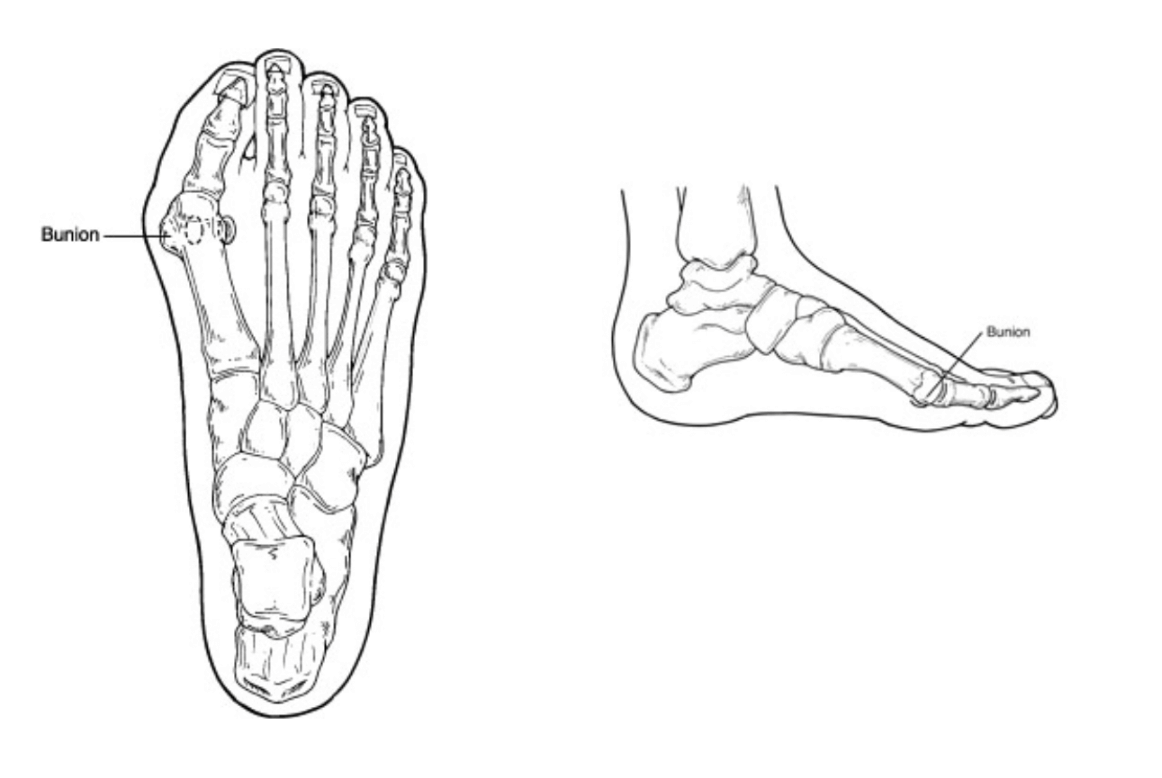
The most common surgical procedure I perform by far is a bunionectomy. The bunionectomy procedure itself can be very rewarding for patients and physicians like. Often times patients come in with a significant amount of foot pain and a history of multiple conservative modalities have been attempted all to no avail. These people are obviously good candidates for surgical correction. Additionally I see a lot of patients that are currently not in pain however have a hard time fitting shoe gear or have a large bunion a family history of bunion deformities.
Surgical intervention is often warranted for patients that have a family history of bunion deformities or have a hard time fitting in shoes. A few patients come in with a large bunion that doesn’t have pain. Initially it is important to evaluate the patient from a clinical standpoint and radiographic standpoint. Often times on the x-ray we’ll see the beginning of arthritis and correcting the bony can help reduce the chance of long-term arthritic changes. I recommend patients that have a bunion to release be evaluated. That way we can at least implement conservative measures.
Dr. Brandon Nelson Discusses Bunion Surgery For Runners

I treat a lot of runners in the office for all sorts of foot and ankle pain. I am a runner myself and so I enjoy treating these patients. It seems as though a lot of runners have foot deformities and one of most common is a bunion. It is important to note that the bunion itself can grow larger with increased activities like running. Running and bunions can be challenging from a structural standpoint and from a pain reduction standpoint. I feel like I have a lot of tools at my disposal to help runners become pain free with activities.
The majority of runners I see are great conservative candidates and become extremely happy with their progress. There are a few patients that do not respond to conservative measures and require surgical intervention. It is very important for runners to seek a physician that has a lot of experience dealing with runners in their clinic. This is especially important when contemplating surgical intervention and I can tell you I am extremely cautious with procedure selection on runners. If you have a bunion and are getting pain with running you may be a candidate for conservative measures or surgical measures. I would love to help you keep running happy trails!
Give us a call at 425-391-866 or make an appointment online today.
Dr. Brandon Nelson Discusses Conservative Options for Bunions
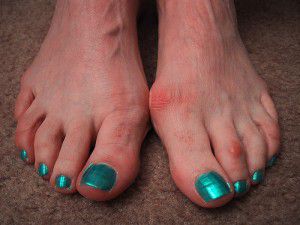
Bunions or even tailor's bunions can be extremely painful and difficult to find fitted shoe gear. There is a definite genetic component to the development of bunions themselves. In addition we see certain shoe gear or activities can increase can increase the size of bunions. Anything that puts increased forefoot pressure creates increased force to the bunions themselves. I often times will recommend a course of conservative care for people that have not tried these options for their bunions.
At our clinic, we created a special protocol for bunion patients and have extremely successful options for conservative bunion care. There are many great stretching and strengthening exercises for the foot structure. In addition there is a plethora of options including prescription orthotics that our clinic specializes in to control the development of the bunion. In addition we have many different options for bunions that are starting to produce pain and arthritic deformities of the foot. Our clinic takes the latest scientific research in conjunction with years of experience to maximize the outcome of conservative bunion options. If you continue to suffer from bunion pain and wanted to explore conservative options, give us a call at 425-391-8666 or schedule an appointment online.
Dr. Timothy Young Talks About Bunion Anatomy

Most bunion problems involve an alignment issue with the underlying bones. The first metatarsal and the great toe become out of typical alignment. The joint itself become subluxed and is then prone to arthritis and adaptive changes.
Bunions can develop an early age. This is called juvenile onset. This involves the first metatarsal shifting away from the adjacent second metatarsal and the foot becomes wider. In some cases this involves a splayfoot. Also there is more risk of bunion formation when there is underlying metatarsus adductus. This is a genetic inherited foot structure. It is common to see other family members that have a bunion. Often times you can look to let say your mother or grandmother and find that they also have a bunion, because of this genetic pattern.
Tight shoes can speed the process up and make things worse! However, in general, you are born with a foot type that is prone to a bunion.
If you have concerns about a bunion, give us a call at 425-391-8666 or make an appointment online!
Dr. Timothy Young and Dr. Brandon Nelson.
Dr. Brandon Nelson Discusses Treating Bunions Without Surgery
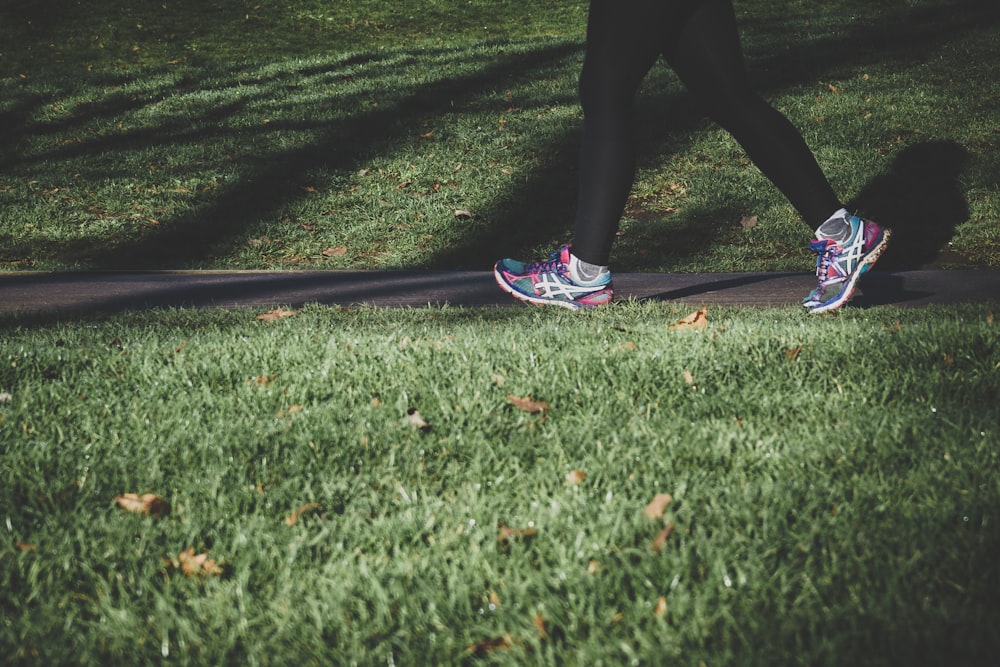
Treating bunions without surgery can be fairly challenging for patients that currently have pain or difficulty fitting shoe gear. Bunions or bone deformity can be inherited from your mom or dad. It is not uncommon for bunions to begin early in adolescence and continuing to develop into adulthood. Patients are often interested in conservative measures that are available to help with bunion pain. It is important to note that there are no conservative measures that are going to fix your bunion deformity.
Quite a few patients come in with all sorts of strapping devices and splinting devices from the Internet. None of these tools fixture bunion or change the shape of your bunion as this deformity is a malalignment of a joint and bone. However, it should be noted that we have many options for people that are having bunion pain and do not want to have surgery performed. The most important issues to address are the mechanical instability and the joint pain. Often times stabilize the foot structure can significantly helped slow the deformity and reduce the pain. There are many options for the arthritic joint that can provide long-term relief. In office evaluation and x-ray are central to recognizing what type of bunion is developing how to best rectify the pain. At Issaquah Foot and Ankle Specialists we have seen thousands of bunions and have many different options available to save the patient’s lifestyle. Please give us a call at 425-391-8666 or make an appointment online if you have bunion pain.
- bunion
- bunion pain
- bunion no surgery
- bunion treatment
- bunion doctor issaquah
- bunion doctor bellevue
- bunion doctor seattle
- bunion doctor mercer island
- bunion specialist
- bunion specialist issaquah
- bunion specialist bellevue
- dr brandon nelson
- dr timothy young
- issaquah podiatrist
- issaquah foot and ankle specialists
- best foot doc



